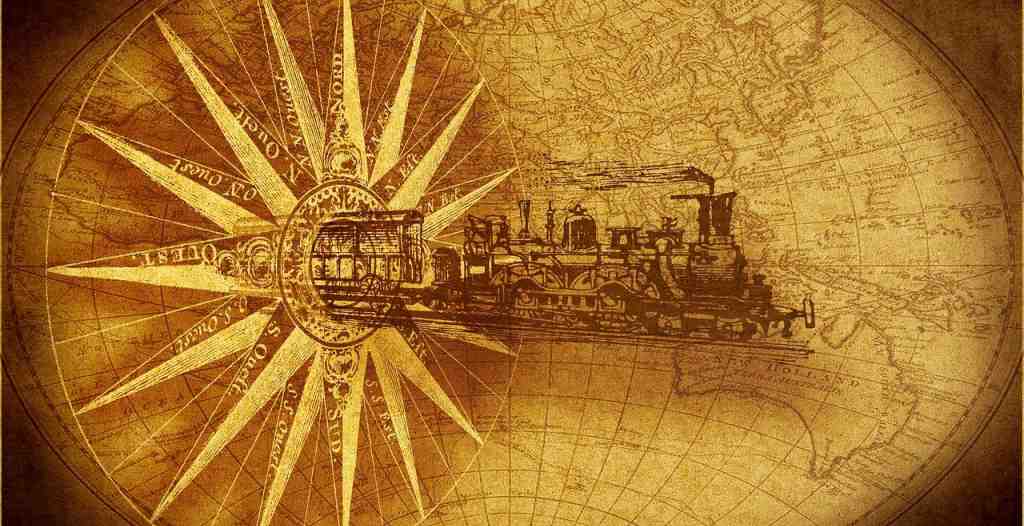Union Public Services Examination is conducted for selection in various services like the IFS, IAS, IPS, and defense services. The exam is conducted in two stages, first is the prelims consisting of two objective papers, which are held in June every year, and the second stage is the mains that consist of the written exam in October followed by the interview in March, and the final results are declared in May. The aspirant should be at least 21 years old and not more than 32 years on 1st August during every examination term. It varies according to the different castes. This is the toughest exam, and the person has to put in a lot of effort in order to clear the exam. Candidates usually find the general studies paper tough as it is very vast, and they do not know where to start.

The key to success is reading newspapers and being updated with current affairs. Along with this, having good knowledge of science, history, geography, the polity is extremely important. Aspirants following under the general category have six chances to give the exam, whereas other backward class students have nine chances, and scheduled caste candidates can give till they attain the age of thirty-seven. A candidate should spend at least 12 hours a day studying and definitely revise the last 5 to 10 years’ question papers in order to know the paper pattern. The paper has negative marking, so make sure that you mark only those answers which you are sure of, and speed is the key to success considering the time and number of questions given. Ensure that you are well prepared with the syllabus and you have revised it thoroughly. Culture and heritage are inextricably linked, especially in medieval and renaissance India. Asoka and Buddhists are inextricably linked, just as we can’t talk about Shah Jahan sans mentioning the Taj Mahal. As a result, our methodology to understanding the Indian past must never be restricted to the electoral system, wherein we examine the identities of kings and their battles, but instead should be wide enough to include other facets of society. Some essential themes to examine from Prehistoric, Renaissance, and Modern India are listed below. Culture-related performance indicators are indeed highlighted.
- Ancient India: This includes Ancient India, Momentous India, Indus Valley Civilization, Dharma India, Mahajanapadas, Mauryan era, Gupta era.
- Gothic India: The Classical Era, Pala Empire, Rashtrakuta Empire, Islam in India, Delhi Sultanate, Vijayanagara Empire, Guru Nanak, Mughals, Arrival of Europeans.
- Contemporary India: First War of Independence, Formation of Indian National Congress, Moderates and Extremists, Muslim League, Gandhian Era, Non-Co-operation Alliance, Civil Disobedience Operation, Quit India Motion, Cripps Mission, Cabinet Mission, Mount Batten Scheme, Partition of India and Indian Constitution.
- Heritage: Contemporary Art (Portraits, Archaeology, Sculptures), Music Programs (Music, Dancing, Theatre, and so on), Spirituality (Buddhism, Jainism, Hinduism, Islam, Sikhism, and Zoroastrianism), Sociology, and so on.
The training strategy for learning Indian history quickly
India’s past, as practically all candidates are aware, is a significant subject upon which a significant portion of problems in the UPSC preliminaries and mains are drawn. Because Indian culture is such a wide area, it’s critical to prioritize particular topics for the UPSC Civil Services Preliminaries and Mains. The purpose of this page is to provide a comprehensive guide/study plan for Indian History for the Exam pattern. Within the Vedic Period, Renaissance India, and contemporary India, we have also highlighted some major subtopics. Furthermore, please don’t intend to stop at the recommended books for the Introductory and Mains Exams in Indian History. It is critical to determine the subjects of importance for the Indian Administrative Services Examination, whether for the Preliminary or the Mains. When looking at prior years’ study material, it’s clear that UPSC assigns the most topics about contemporary India, followed by Prehistoric India. There are only a few topics from Gothic India. However, if they do arrive, they tend to focus on fields of culture such as Imperial architectural style. Certainly, they are not recommending anyone to skip any part of the Indian past. However, you must prioritize your tasks. That is all there is to it. Contemporary India should be at the top of that national agenda.
Given the vastness of Indian history, the whole first point any earnest candidate should aim to achieve is a rudimentary comprehension of the sequence of events in Indian history.
Conclusion
After you’ve laid a solid foundation, the following step is to determine the most important themes; you may do this by consulting decent publications on the marketplace. Nowadays, there really is no shortage of resources for Indian history.

